Pandemic Architecture Competition attempts to open up a dialogue and create a think tank, looking for ideas from the architectural and design community about the future of the living, the workspace, the public space and the tourism industry.
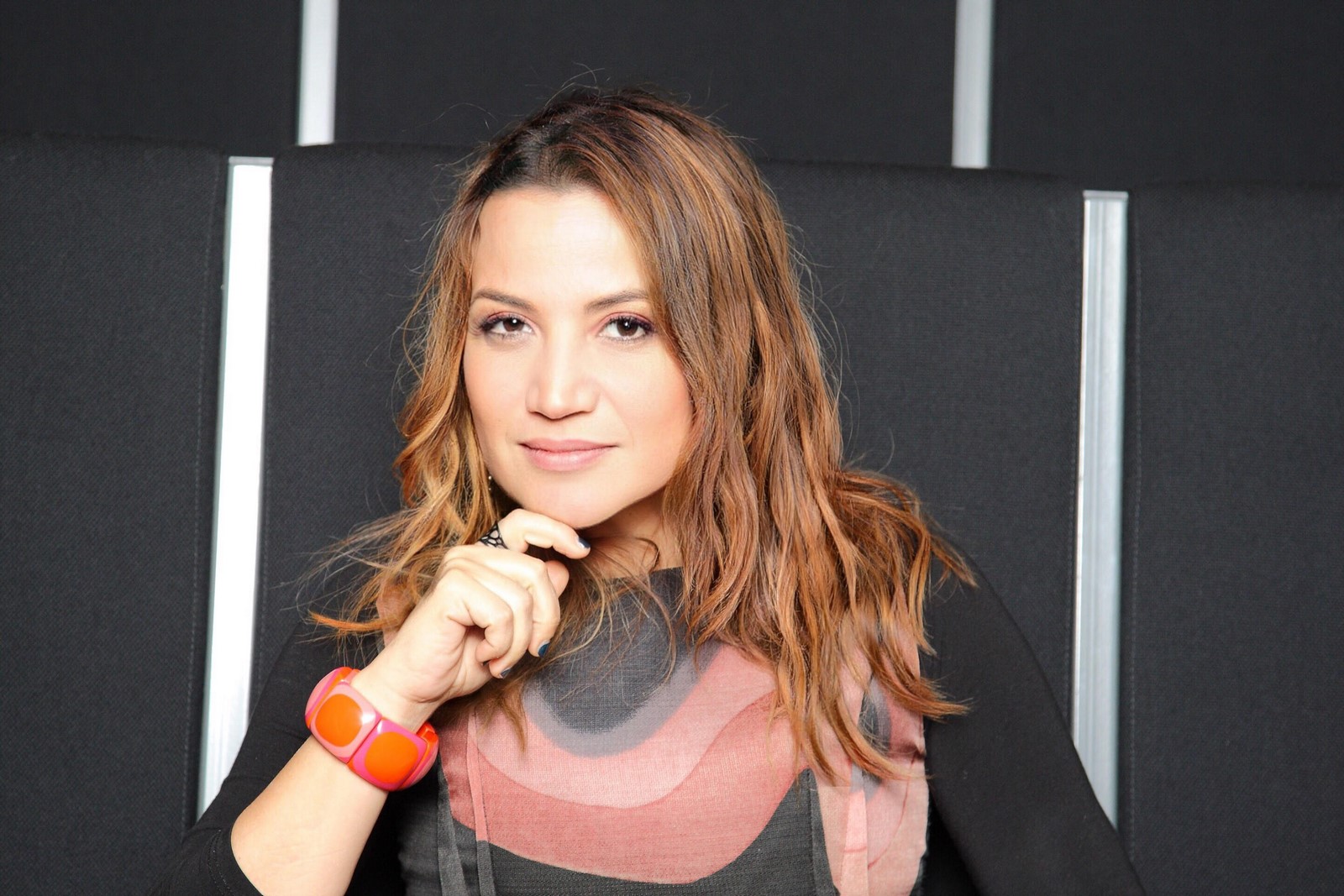
Why do you support this competition?
Within the short course of ten days, our lives have changed “outside-in.” The abrupt global response to radically alter the ways in which we engage with reality might be a unique opportunity to effect change. It signals a rare united reflection on the fragility of our production processes, our hubris for ceaseless growth and endless mobility and finally our accountability on how we occupy our planet.
Why do you believe this is the correct timing for a such competition to take place?
Not only is this the right timing, but in fact the urgency of reinventing our contemporary modality of life might be overdue. Possibly, this pandemic is the earth’s vengeful response to awaken populations in mass. The subject of neoliberal governmentality, the subject that has been unafraid of the material ramifications of its actions, is disemboweled.
While preparing my seminar at the Cooper Union in September 2019, I wrote the statement below. At the time, I have just read Jonathan Crary’s brilliant book 24/7; Late Capitalism and the Ends of Sleep. In parallel, I was thinking that according to the 2018 indoor air quality report of the Environmental Protection Agency (EPA), we spend 90% of our time indoors. Inside, our need to sync online is the most vital survival need; in fact, a priority for most if compared to air quality.
“Today, the idea of autonomy relies on our capacity to synch to global information networks and the idea that work follows us wherever we are, non-stop. Our synched apps and devices, always following our bodies -immersed in our existence- amplify the self. Synching might be more useful for survival than food or oxygen. It enables our safe microcosms of an unsafe world, our contemporary existence, which is almost never terrified by what is outside. Although this turn has a very brief history, its pervasiveness in our daily living patterns necessitates an entirely different way of understanding the world. Undoubtedly, the digital age has reshaped our urban configurations, infrastructures of communication, and the form of the spaces we occupy. In these conditions, all distinction between day and night, work and life has been eroded. How can we reimagine life, when irreversibly intertwined with work and the idea of synching with the world electronically, while distant from the work as corporeal bodies?
The disintegration of all barriers between life/ work/ leisure demonstrates explicitly the dehumanizing conditions of neoliberalism, the non-stop marketplace, and the concomitant demands for constant productivity and attentiveness. These new conditions are reshaping notions of temporality, intensifying the management and surveillance of individual subjectivities, and undercutting the possibility for dissent and political expression.”
(Abstract from my elective seminar syllabus at the Cooper Union, “Autonomy and Autodigestion, Fall 2019).
Today, this reality is the only reality we experience. It was already on its way but fully accelerated with the pandemic. The first line of defense is to #stayathome, or even better to #StayTheFuckHome. In social and political theory, accelerationism is a radical stance to generate social change by accelerating and intensifying a pejorative civilizational constancy -like capitalism- so that it reaches its breaking point. This moment has already happened.
The question now becomes, if this collective awakening becomes a vector of change, like the transmission of the virus has, or if we quickly fall back to a voluntary amnesia.
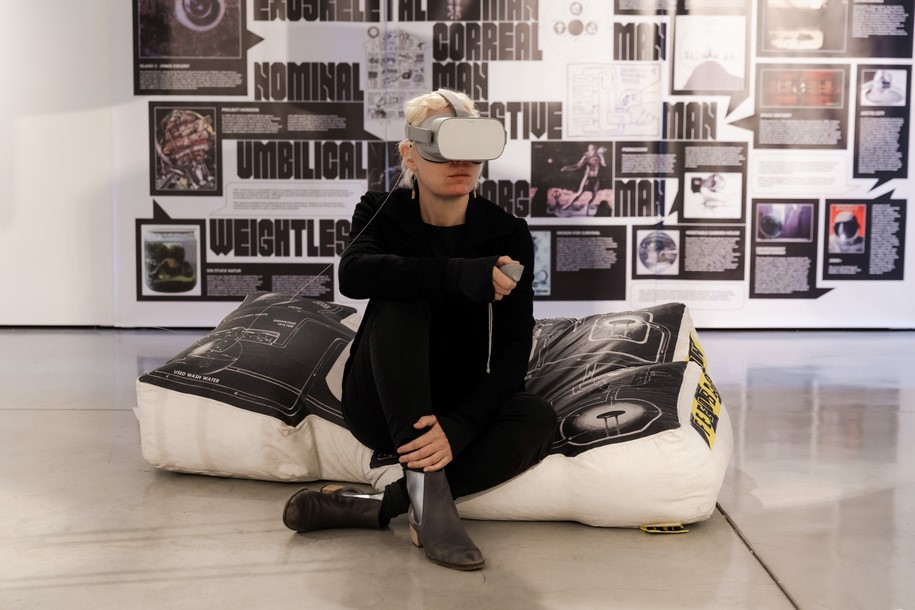
What are you experiencing in your country due to covid-19?
Finally, America is great again. Yesterday, the US has surpassed China and Italy in the Coronavirus transmission. I am checking daily the GIS Map by John Hopkins University and it is astounding how quickly we have become the world’s epicenter. The situation on the ground here is quite dire, with medical staff on the front lines putting their lives at stake every day. They have no equipment, proper protective gear, masks, not to mention the lack of ICU units in hospitals and healthcare for most of the US population. In New York City, doctors are using trash bags as masks.
Many argue that one of the problems in New York City is urban density and the city’s fabric. While this is not false, Hong-Kong, Tokyo and several other Asian cities that are densely populated have managed to contain the virus and flatten the curve. The problem here is deeply rooted in the long standing legacy of American individualism and the neoliberal psyche of the ‘ego’ above all else. The need for coordinated synchronic measures – measures for everyone as a collective entity- has never been more urgent.
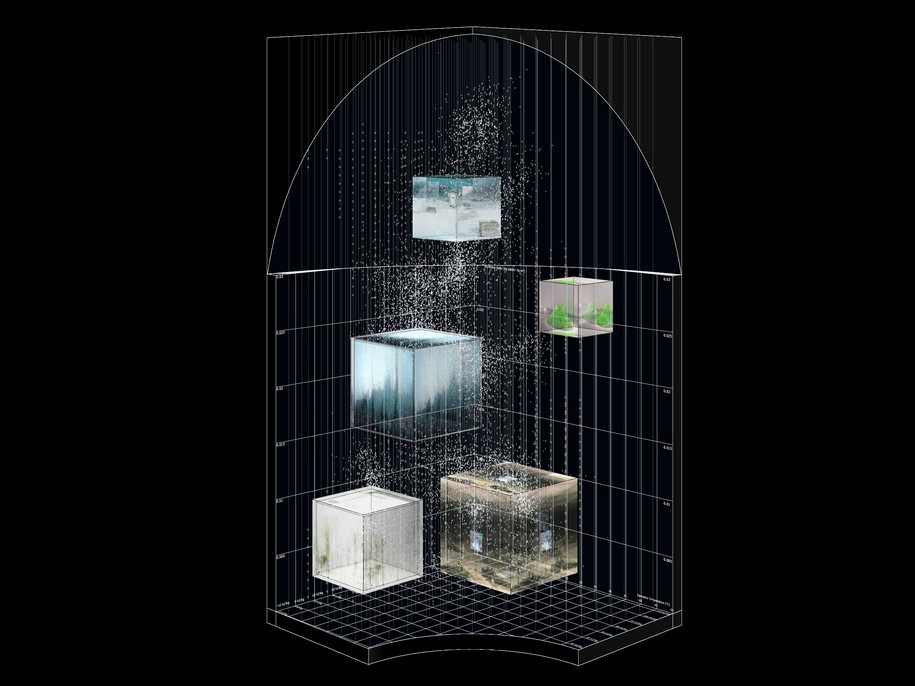
“I am interested in how the new reality of COVID-19 generates front-line protective design solutions, but also in how the design of our environments is placed into an enlarged theoretical, historical and cultural context.”
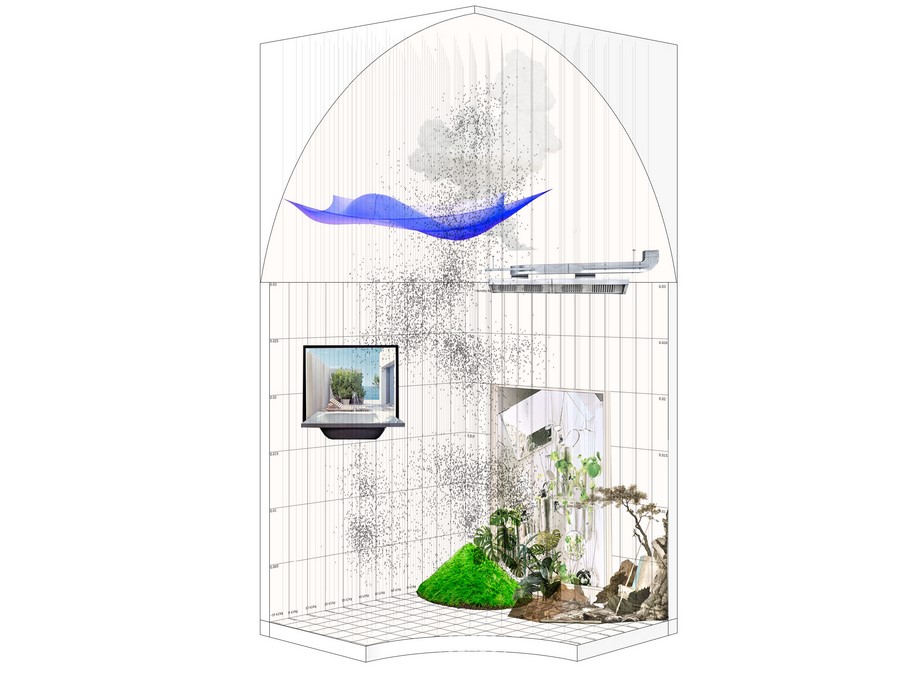
What is your opinion regarding the pandemic reality we are experiencing?
Unlike the devastating implications of climate change that could be ignored by many because they were displaced far away, with the Coronavirus, the logic of unaffectedness of the privileged is severely damaged. In social media, some even called it the democratizing virus with Boris Johnson and Prince Charles infected. Still, the entire breakdown of canonical engagements of labor and work evidences that inequalities remain at large. Asides from doctors and medical staff that are in every sense the heroes of our times, the ones at risk every day are the people that deliver food, mail, the supermarket cashiers, factory workers and employees of distribution facilities. This population is on the line, while we deplore our household containment and our lack of privacy. The cabin fever that 1/3 of the world population is facing at this time has turned the world into a disorganized array of disconnected bedrooms and studios. The outside has been turned to a newly formed wilderness, navigated by the workers at risk, while we live in an abstract digital space, where the only opening to the outside is the screen. Every bedroom, studio, house becomes a world. In the two drawings I have quickly put together with Xiaoxiao Zhao, we explored this concept of the house as a contained and self-evolving microcosm in an indeterminate metric space.
What are you expecting from the participants?
I am interested in how the new reality of COVID-19 generates front-line protective design solutions, but also in how the design of our environments is placed into an enlarged theoretical, historical and cultural context. Topics could range from protective masks and gear, in-situ hospitals, to larger territorial questions on the occupation of public space, and the reinvention of the household as a planet itself. The vital question in all topics would be how throughout this unprecedented crisis the architect’s identity is transfigured to a key agent of social policy, from within the knowledge-base of design disciplines.
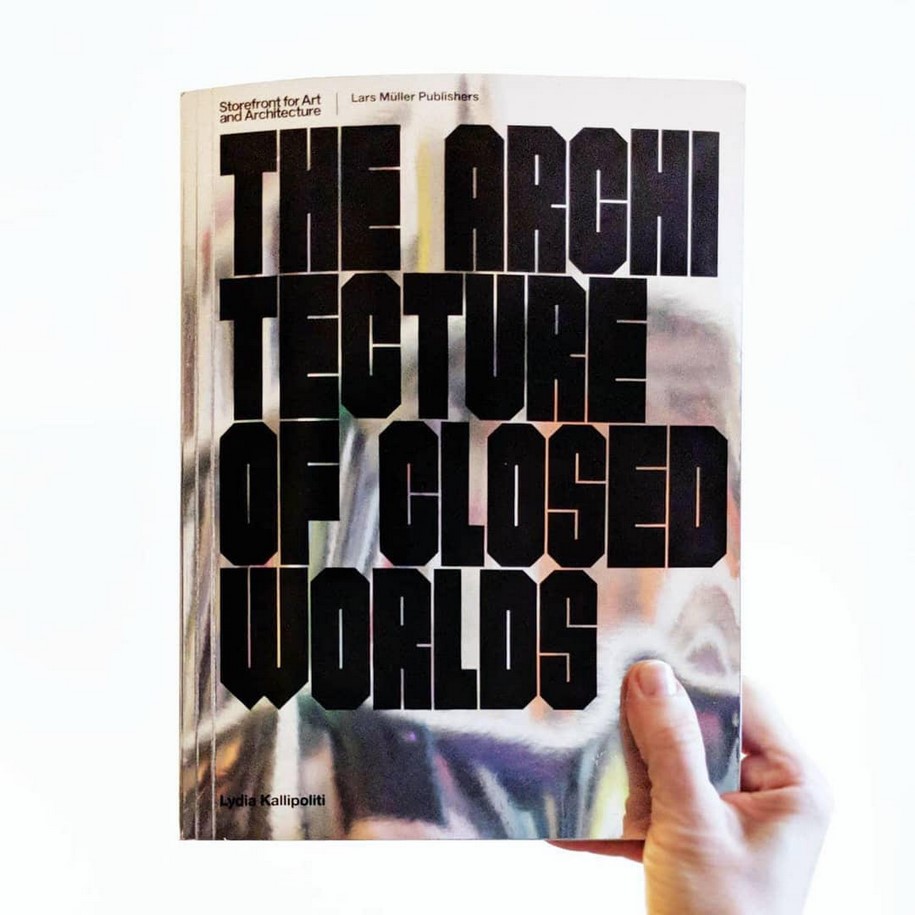
Is there anything you would like to point out regarding the criteria of the competition?
We are inevitably called to reflect how new protocols of life, social distancing, online learning and voluntary containment become part of our new reality in experiencing the world. In many ways, the question that curator Hashim Sarkis posed for the upcoming Venice Biennale (2020) ‘how we live together’ has never been more poignant and relevant.
The competition is not simply a question of redesigning cities and environments in anticipation of the next outbreak, but also how habits, protocols and occupations of space in everyday life can be reimagined. This means questioning at heart new forms of cultural production and making that are generated by the conditions within which we operate.
About Lydia Kallipoliti
Lydia Kallipoliti is an architect, engineer and scholar whose research focuses on the intersections of architecture, technology and environmental politics. She is an Assistant Professor of Architecture at the Cooper Union in New York. Prior to Cooper Union, she was an Assistant Professor at Rensselaer Polytechnic Institute, where she directed the MSArch program and Syracuse University; she also taught at Columbia University, Pratt Institute.
Kallipoliti is the author of the book The Architecture of Closed Worlds, Or, What is the Power of Shit (Lars Muller, 2018), as well as the History of Ecological Design for Oxford English Encyclopedia of Environmental Science. Her work has been exhibited in a number of international venues including the Venice Biennial, the Istanbul Design Biennial, the Shenzhen Biennial, the Oslo Trienalle, the London Design Museum and the Storefront for Art and Architecture. Kallipoliti is the recipient of a Webby Award, grants from the Graham Foundation, and the New York State Council for the Arts, an Honorable Mention at the Shenzhen Biennial, a Fulbright scholarship, and the ACSA annual award for Creative Achievement. Recently, her practice ANAcycle was recognized as a Leading Innovator in Sustainable Design in BUILD’s 2019 Design & Build Awards, while her book was a finalist among all publications in design, art and architecture in 2018 for the Cornish Family Prize by the National Gallery of Victoria in Melbourne. Kallipoliti holds a Diploma in Architecture and Engineering from AUTh in Greece, a SMArchS from MIT and a PhD from Princeton University.
Read an Interview with Lydia Kallipoliti, author of “The Architecture of Closed Worlds Or, What Is the Power of Shit?”, here!
_______________________________________________________________________________
Pandemic Architecture is an International Ideas Competition curated by the Design Ambassador for ARCHISEARCH.gr
Extraordinary times” require extraordinary design.
What Can Architecture Do for our Health?
As the world faces new globalized health threats, there is a need to design the home/ the city of tomorrow, living in times whereas pandemics and viruses will be part of our everyday life.
By designing for the needs of a pandemic reality, architects act as guarantors and guardians of the Public Health of a community.
Virus outbreaks have their impact on urban space as well as on the living of millions of people.
When millions of people are isolated and working from home, what features should a home have?
When people can’t travel, what is the role of the hotels?
When crowds are not allowed at public spaces, how cities and public spaces change?
In terms of health centres and interior design, what are the hygienic architectural details of the pandemic reality?
Find more here!
READ ALSO: House in Takatsuki, Osaka, Japan | Tato Architects